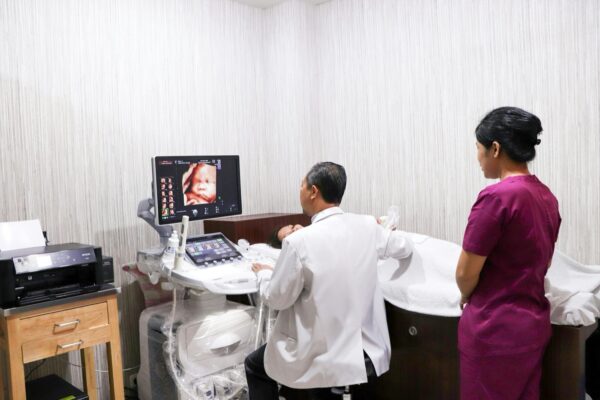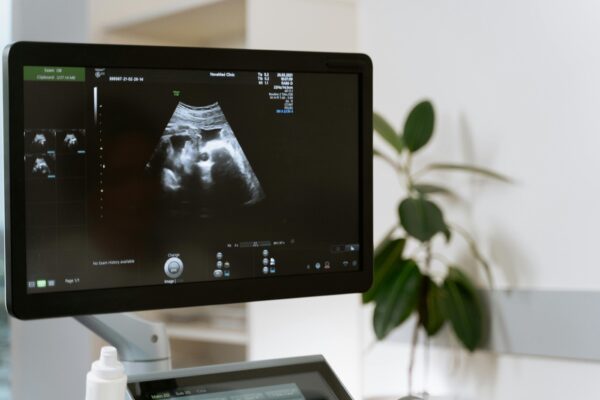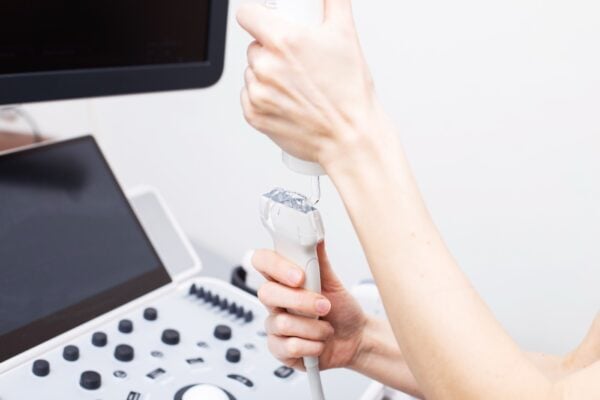5 Reasons Expecting Parents Choose Elective Ultrasound
When someone first hears “elective ultrasound,” a few questions may come to mind: What exactly does it offer that a clinical ultrasound doesn’t? Is it safe? Why do so many expecting parents book these sessions? In this post, we unpack five compelling reasons why elective ultrasound has grown in popularity—and how it complements, rather than replaces, medical prenatal imaging.
1. Emotional Bonding: Seeing Baby Like Never Before
One of the most common motivations for elective ultrasound is the chance to truly see your baby in a more lifelike way. While routine 2D scans are medically crucial, they often focus on measurements and anatomy. Elective sessions—especially those using 3D, 4D, or HD rendering—add depth, clarity, and motion. You get to watch baby yawn, stretch, or move in real time. Many parents say it makes the pregnancy feel more real and personal.
These moments can deepen the connection between mother, partner, and baby—and even help siblings or grandparents feel included. Beyond that, the images and videos produced often become treasured keepsakes, shared with friends and family or saved in baby albums.
2. Peace of Mind (Without Supplanting Medical Care)
Elective ultrasounds are not intended to replace standard prenatal screenings, but many parents still find reassurance in seeing baby in motion outside the clinical context. Being able to visually confirm that your baby is active, with development that seems on track, can ease anxiety. Some clinics even allow you to replay clips or capture favorite frames, which can provide emotional comfort between appointments.
That said, it’s important to keep expectations realistic: elective imaging rarely offers the same depth or diagnostic power as medically prescribed scans. The focus is on visualization and experience—not replacement of medical oversight.
3. Keepsakes and Memorable Visuals
Let’s face it: many parents book elective scans for the images. High-definition photos and short videos offer a way to share your baby’s first moments before birth. These keepsakes can be printed, framed, or digitally shared. Some studios even offer extras like video compilations, USB drives, or custom frames. The aesthetic appeal is a large part of the draw.
Some elective studios use specialized equipment or rendering techniques to enhance the clarity and visual appeal of the fetal images—emphasizing surface detail, lighting, shading and motion to produce more “photo-like” results.
4. Flexible Scheduling & More Time With Baby
Unlike timed medical scans that must align with obstetric appointments, elective ultrasound centers often offer more flexible appointment windows—weekday evenings, weekend slots, or extended session durations. This flexibility helps to accommodate partners, family members, or even surprise reveal plans.
Also, elective sessions tend to allow more “downtime” during the scan. Rather than rushing through key anatomical checks, the sonographer may take time to rotate the probe, wait for baby movement, or adjust positions to optimize views. This results in more relaxed, enjoyable experiences for the parents.
5. Education & Engagement: Seeing Anatomy With Guidance
Some elective ultrasound centers go beyond visuals—they provide commentary, point out fetal anatomy (face, hands, limbs), explain what structures are visible, and let parents ask questions. This educational component can make the experience more meaningful and help parents internalize what’s happening inside the womb.
For many, watching baby’s limbs move or seeing a profile gives insight into developmental stages that are harder to imagine from routine scans alone.
Is elective ultrasound safe?
Ultrasound in general is considered safe when used appropriately, but medical experts caution that elective imaging should not replace medically indicated scans. The minimal risks are mostly theoretical (such as slight tissue heating), and most studios adhere to strict safety protocols (e.g. limiting exposure time, keeping intensity low). Always choose a reputable provider using current equipment and qualified staff.
Considerations Before Booking
- Confirm that the session is purely elective: Ensure it is labeled “keepsake” or “non-diagnostic,” so it doesn’t interfere or substitute your scheduled medical ultrasounds.
- Check staff credentials: While not always mandated, look for sonographers or technologists with ARDMS or equivalent certification.
- Ask about equipment and processing: Inquire about the resolution, rendering mode (HD, 5D, etc.), and how images/videos will be delivered (digital, USB, prints).
- Know the optimal window: Many elective centers recommend imaging between ~26–32 weeks when facial features and movement are better visualized.
- Be realistic about fetal position: If baby is facing the spine or has low amniotic fluid in that region, image quality may suffer.
Conclusion
Elective ultrasound offers parents a chance to connect, visualize, and treasure early moments of life in the womb. While it’s not a substitute for medical imaging, it can supplement the pregnancy journey with emotional resonance, keepsakes, and memorable experiences. If you’re considering booking one, choose a reputable center, understand expectations, and enjoy your peek into life before birth.
Want help writing content for your ultrasound studio or guiding prospective clients? Let me know.













